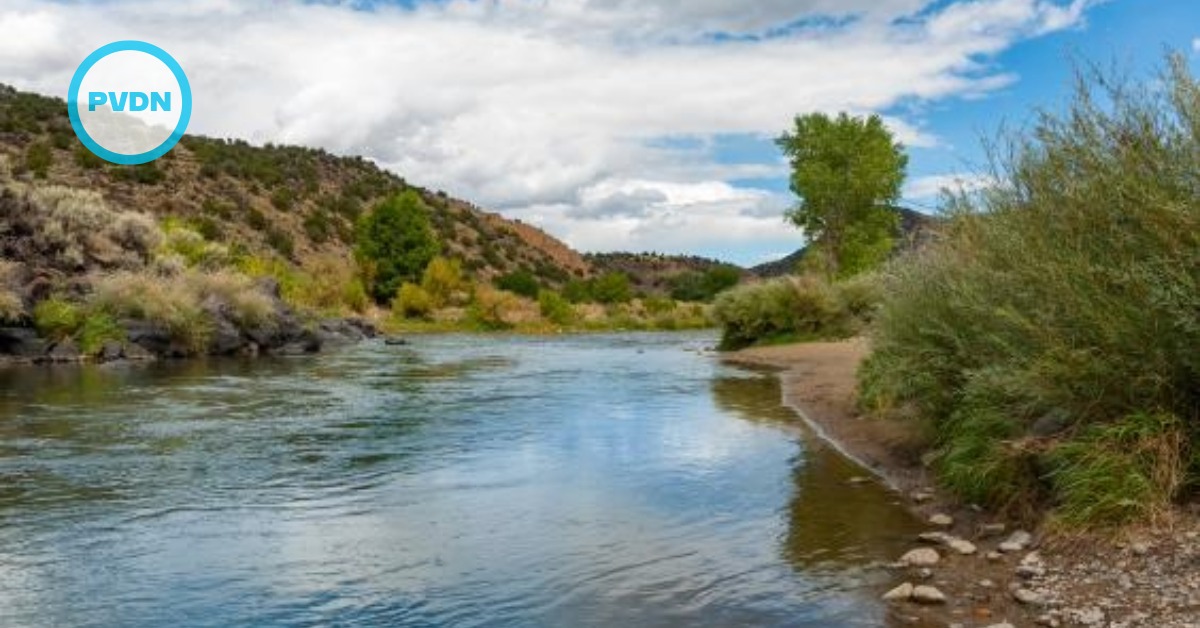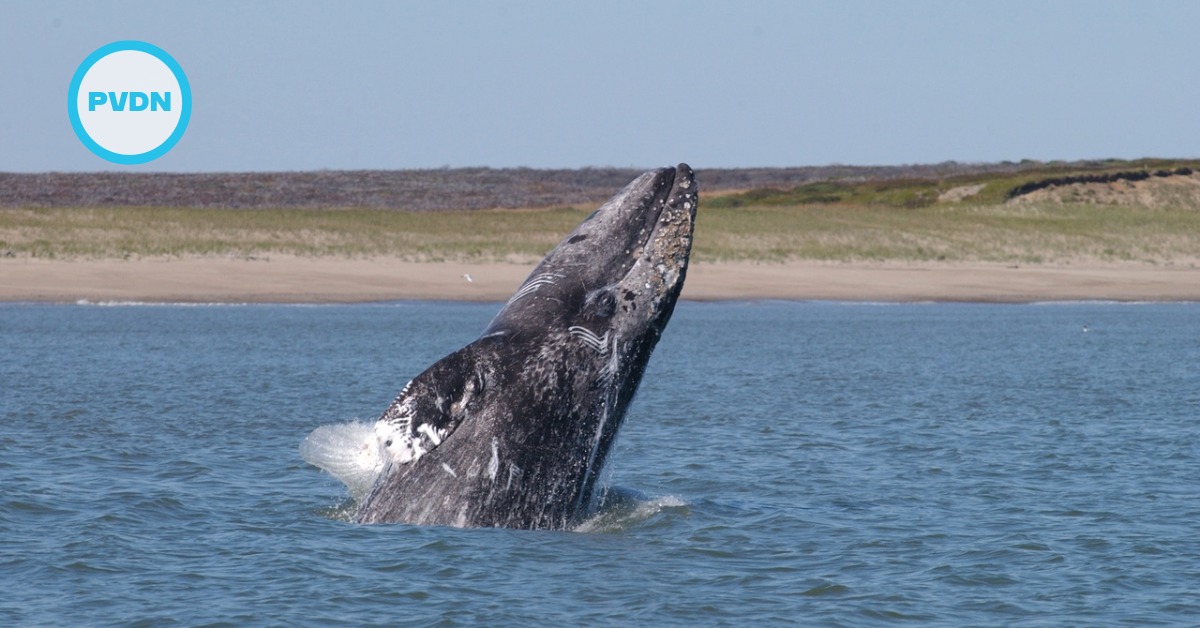About 20 miles south of Cancun, Mexico, on a stifling summer day, Tom Iliffe squints over a limestone ledge and into a giant pool of scuzzy, brown water. Despite the heat, he’s wearing a wet suit that covers everything but his blue eyes and white goatee. A spool of bright-orange nylon line and an assortment of mesh bags carrying glass test tubes, plastic caps and measuring devices dangle at his side. Below, the water temperature is roughly the same as the air. He jumps.
“This water is about as refreshing as piss,” he exclaims with a playful smile . . .





